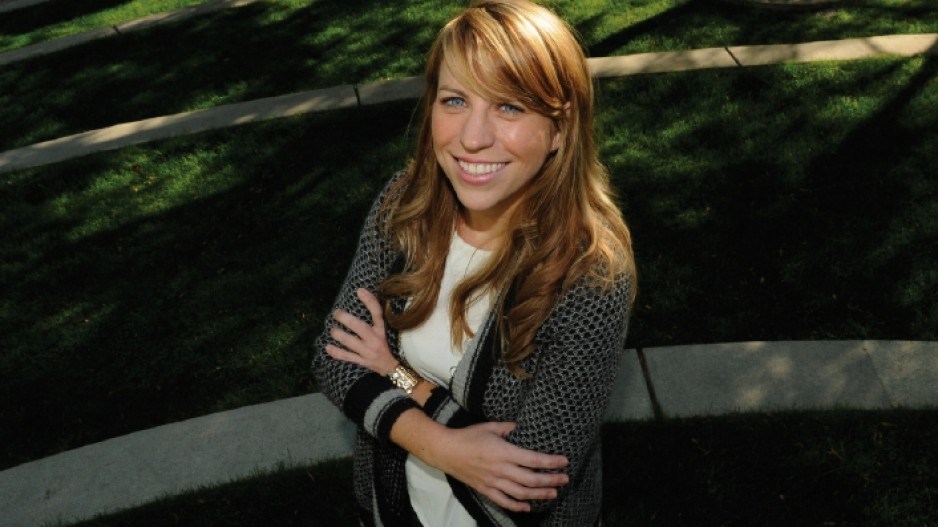If innovations such as hemp building bricks and light-refracting window treatments are any indication that sustainable building products are proliferating in today's construction marketplace, then it begs the question, What is prompting their development?
Vancouver has become well known internationally as a place for green innovation, and its construction industry is well ensconced in the culture of rating systems that promote carbon-neutral construction.
But many in the industry are asking if these rating systems are driving green development as they were intended to do, or if fast-moving industry innovation is pushing the market ahead while rendering the systems obsolete.
Expert panellists weighed in on the question recently at an instalment of Light House Sustainable Building Centre's market insight breakfasts.
"What I've seen is that most manufacturers are pushing this," said Miranda Gardiner, one of the panellists and senior sustainability specialist at Stantec. "The building industry is taking a more holistic approach to design."
Gardiner said the issues are not simple. "[Believing] that all the systems are going to automatically work is not the way that we should be approaching this," she said.
Foremost among the topics discussed was LEED (leadership in energy and environmental design), which consists of a suite of sustainability rating and credit programs for the design, construction and operation of high-performance structures, and which undergirds much of the incentive to choose sustainable building products.
Specified materials carry point values, and projects that earn a set number of points win certifications denoting varying levels of achievement that come with a type of industry cachet.
One of the issues in question surrounded the varying regional availability of certain products.
According to Gardiner, LEED tweaks the required percentages for achieving rating credits in consideration of regional variance. It also does so to reflect the evolving market.
"I think the driver was that people were pursuing the credits, and then manufacturers had to meet the demand," said Gardiner, of LEED's intermittent updates. "Now project teams have to achieve a higher level because the availability is there."
Patti Southard, program manager at King County GreenTools in Washington State, believes in LEED's efficacy. "Especially in the commercial arena, I think LEED has been the greatest driver of market transformation around materials," she said.
But she also feels LEED alone will not be able to generate the transformation required. "A rating system can not be held responsible for making all the market transformation."
She believes it acts as only one of a constellation of factors that, implemented with concerted effort, will serve to shift market trends. She considers government and the legislation it can create as partners in the effort as well.
The programming, she said, has to come from every segment of industry, from the manufacturers to the building engineers.
For Wayne Ward, commercial director at Building Research Establishment, government is not just a factor, it's the key.
"We've got to legislate, so that everybody does it," he said. "This [would be] a huge market driver, and the benefit would be that builders would be in the same boat in respect of costs."
Based in the U.K., he speaks with the experience of the industry there, which he said is five years ahead of Canada's. Whereas in Canada LEED is a voluntary scheme, compliance with its equivalent in the U.K. is legislated, levelling the playing field for builders.
Add to this the fact that according to Ward the sustainable building market in Canada comprises only about 10% of the whole. The remaining 90%, the traditional contruction market, is what drives product development.
Because the formula offers little promise of market returns on investment in sustainable building, the industry won't effectively support the added expense of creating sustainable materials and technologies.
Instead, it will be left to the benefaction of governments through grants, to the individual interest of private sponsorship, and to the good will of those sufficiently motivated by social responsibility to take on the more costly enterprises.
"If you're doing a sustainable building, you're competing with someone who can charge less than you, which is why it's client driven at the moment," he said.
Southard sees an additional problem. "I think consumerism drives purchasing power, but the consumer purchasing style [in the green construction industry] isn't long-term. So the product needs to be there when they're asking for it. They're going to make the purchase one way or the other.




